
The Energy Collective Group
This group brings together the best thinkers on energy and climate. Join us for smart, insightful posts and conversations about where the energy industry is and where it is going.
Post
How I Learned to Stop Worrying and Love the EV Road Trip

This September, my husband and I embarked on an EV road trip from Oakland, California to Albuquerque, New Mexico — and back, via the Grand Canyon.
It took weeks of planning, resulting in a detailed spreadsheet that listed all our stops and alternates for each — in case chargers were out of order or unavailable. We downloaded numerous EV charging apps and acquired charging network cards that we hoped the card readers would read. We fully charged our car before heading out, and we made reservations at hotels with chargers. We were about as prepared as we could be.
But despite reassurance from Nathan Wyeth, founder of Link, the service that helped us buy our used Chevy Bolt, it was nerve-wracking.
Our Chevy Bolt has a decent range of about 250 miles on a full charge, and we had mapped out the chargers for our three-day trip. But I worried that chargers along the route would be unavailable or out of service, or that we wouldn’t be able to charge enough for some of the long uphill stretches.
Road worrier
My worries seemed confirmed shortly after we arrived at our first charging stop. We had no trouble finding the chargers at the Panoche Shell station in Firebaugh, California (a town I’d never heard of, though it’s just a couple hours from home), and there were a few available. But the displays were so weathered that they were practically unreadable. We could see that we needed to plug in first, but what would we do next? How would we pay? I’d read about this problem at California charging stations, and I worried all the stops would feature unreadable chargers.
We were lucky. A group of three Electrify America technicians happened to be onsite servicing the chargers. One of them was just learning about the machines and had to call on assistance from the other two, who had been brought over from Korea to share their expertise.
With the assistance of three technicians, plus an umbrella to shade the displays so that we’d have some chance of reading them, we managed to plug in and charge. A bonus: The technicians informed us that Electrify America, one of the biggest charging networks in the country, was running a promotion and our charge would be complimentary! We could finally relax at the nearby picnic tables while the car charged.
How many people does it take to charge an EV?
By the next stop, an hour and a half later, we felt like pros. But we did encounter some issues over the next three days.
Almost invariably, at least one or two chargers weren’t working. There’s a number you can call for help, but if a charger isn’t working, there isn’t usually much that the person on the other end of the phone can do. Sometimes a charger wouldn’t take on the first or second try but would work if you kept trying. Sometimes it wouldn’t. There didn’t seem to be any rhyme or reason to it.
Learning to relax
Despite the challenges, our trip to Albuquerque went smoothly, thanks in part to our extensive preparation.
As the successes accumulated (detailed here), I began to relax more. And I started to feel a major benefit of an EV road trip: it’s much more chill. You can’t rush. You’re forced to stop often and to take your time at the stops, almost all of which have picnic tables, restaurants, and shops nearby. A three-day road trip seems more daunting if you feel the need to hurry and cover a lot of ground every day. In an EV (at least a non-Tesla one), you have to slow down.
Having the time to slow down and savor a road trip is a privilege — one I appreciated more and more as our trip progressed.
Tips for EV road trips
Special thanks to Russ Mitchell of the LA Times and Nathan Wyeth of Link for some of these tips.
1. Pick the right car
Okay, this is not an easy one. Most of us drive the car we can afford, and for us it’s not a Tesla. I’m used to flying coach instead of first class, but the EV driving experience makes you very aware of how much more is available to those who can drive “first class.” Some places where we stopped had 20 or more Tesla fast chargers, which we couldn’t use, compared to four to six “coach” chargers for people like us. At our last stop, all four were working — which I mention because it was so rare. Typically, only half of the chargers were operational. Meanwhile, we only ever saw a few Teslas at their ample charging stations.
You can’t even see all the Tesla chargers in this photo, and many Tesla stations had fewer cars charging than this one at the Harris Ranch in California, a state with way more Teslas than any other.
A friend with a 2016 Nissan Leaf has pointed out that he only gets 50–100 miles on a full charge — not to mention that the type of charger his car uses is less common than others. Thanks, Greg, for being an early adopter! But the sad reality is that Leaf drivers like Greg, who helped move the EV industry forward, are going to have a much harder time undertaking a long EV road trip.
I’ve been seeing articles about future EVs that will have a 600-mile range, which will be amazing. But for now, cars like the Chevy Bolt provide a happy medium for many of us.
2. Plan ahead
At every stage of our trip, even when we encountered difficulties, I felt like we experienced a lot of good luck. But as my husband reminded me, at least some portion of our luck was based on solid preparation.
You might not create a detailed spreadsheet like we did — though I highly recommend it for a multi-day drive. But at the very least, download all the charging apps you expect to use on your trip. Some of them require signing up and entering your payment information, something that’s best done in advance.
We didn’t have all the apps we needed, so we did have to download a couple on the spot; doing this ahead of time will prevent any downloading issues if you’re in an area with bad reception or are running out of data.
All the EV charging apps that are now on my phone,
including a couple I’d never heard of before our trip.
We used A Better Routeplanner (ABRP), PlugShare, and Chargeway to plan our route and the others to get more details on specific networks or to activate charging. I recommend ABRP for your main planning, but we had to triangulate a bit using the others, and ABRP sometimes led us astray in terms of what route to take, which charging stations were available, and how long we’d need to charge. The world of EV charging apps is not perfect.
When we arrived in Mojave, the chargers we had planned to use were roped off in an area that was under construction. We probably could have used an app to find an alternate charger nearby, but I’d already made a note of one on our spreadsheet, making it quick and easy to change course.
We didn’t have issues with credit card readers, but one tip I got was to ensure that your credit card chip and magnetic stripe are working before you head out. Apparently, some EV charger credit card readers are finicky. You can also order charging cards from networks like ChargePoint and EVgo that work with their chargers.
3. Use large charging networks and look for clusters
We had the best luck using established fast-charger networks like Electrify America, many of which are located at large retail centers. I don’t love Walmart, but I visited more Walmarts on this trip than I have in my whole life (not an exaggeration). They often had the only chargers for miles around, and with four to six chargers at each site, at least some were likely to be working.
In addition to picking sites with multiple chargers, it’s a good idea to plan your charging stops in locations that have clusters of charging sites. Good-sized cities like Albuquerque and Bakersfield provide many options, while smaller towns might have none. Some locations, like Taos, have only slow chargers, which could take all night to charge your car fully.
We visited the Earthship community outside of Taos, New Mexico. You can tour some of these water- and energy-sufficient houses made of rammed earth and tires. Wouldn’t this be the perfect site for fast chargers?
4. Stay at hotels and parks with chargers
It’s not always an option to charge where you sleep, but more hotels are providing chargers — and at the moment, there isn’t heavy competition to use them. Some charge you for using the chargers, and others are free.
We were pleasantly surprised to find plenty of free slow chargers at the Grand Canyon; many national parks are now featuring chargers. Slow charging isn’t a problem if you’re spending the night or going on a long hike while you charge.
We did stay at one hotel that didn’t have a charger; in that instance, we stopped at a nearby Walmart to charge up on our way out of town while enjoying muffins and coffee.
5. Pack an umbrella
I know, this sounds weird. But most outdoor chargers are unprotected from the sun, making glare a serious issue when you’re trying to follow instructions on a screen. Umbrellas came in handy more than once on our trip.
6. Allow enough time — and check road conditions
It could be tempting to test the limits of your EV’s range. There may be times when you have no choice, if charging stations aren’t plentiful. But when you can, it’s a good idea to stop more often and ensure you’re charging enough for the next leg of your journey. For me, sufficient charging meant having enough minimum mileage to cover the distance needed with a bit of a buffer. You might get better mileage if the road is flat and all other conditions are right, but why push it?
Our starting mileage for the trip after charging fully at home; I’d go by the 192
minimum shown to ensure arriving at the next stop with enough juice.
It’s generally recommended to charge up to 80% when on the road, because after that, charging slows down. But we found that it didn’t slow down as much as we’d expected at the fast chargers, and sometimes it was worth it to charge for a bit longer when we were about to embark on a long uphill stretch.
I was glad we’d done that when one part of Route 40 heading into Gallup was closed, forcing us to take a longer detour. Checking your GPS in advance to see if there are any issues on the next part of your trip can help you decide how much to charge.
Whatever your risk-taking comfort level, there’s no doubt that all charging stops will add time to your EV road trip (much less time, of course, if you drive a Tesla). We found that about six hours of driving made for a full day, and some days our total driving time was less than five hours. Charging could take two to three hours, but we used the time well by eating lunch, doing a bit of work, or shopping. Sometimes we ended up charging more than we needed because we took our time doing those things.
Improving the EV road trip experience
Although we felt like EV pioneers, we did meet other drivers taking long road trips. Some of them had done little planning and relied solely on their apps. Some had encountered major problems and delays; others seemed blithely unaware of any potential issues.
It was good to see that we were not alone. But EV road-trippers are still a minority, and as long as people keep taking road trips, that needs to change. What will make EV road trips more accessible and less nerve-wracking?
1. More working chargers
If we’re going to meet the EV goals of the Biden administration, California, and let’s hope many other states, we need a robust charging infrastructure. That means many, many more chargers — and those chargers need to be in working order.
Luckily, the Biden administration has set in motion a plan to install EV chargers every 50 miles along interstate highways over the next five years. By 2030, we should have 500,000 charging stations, compared to the 47,000 in place now. Some of the funding for this project is allocated to operating costs, so we can hope that will mean reliable maintenance. Five years from now, you won’t need articles like this one.
2. Fast chargers that everyone can use
We really need one charging system that works for all cars. The Bolt can use J1772 and CCS chargers but not Tesla or CHAdeMO chargers. Why do all but the Tesla charger types have these weird names, you ask? I’ll let you do the research if you really care (start here and here), but that would be a good thing to change along with standardizing all chargers to work for all EVs.
You can purchase various adapters that will work for some situations; an adapter for Tesla destination chargers might let you charge at those, but not at the more ubiquitous Tesla fast chargers. You have to do a fair amount of research just to determine which adapters you can use. The system needs to be much simpler — and Tesla needs to open up its chargers to everyone, as the company has been claiming it will do.
3. Shaded chargers
A charging improvement you don’t hear about a lot would be providing shade so that you could more easily read the charger display — and not have to charge in the blazing sun or pouring rain. Solar carports are the obvious solution, as they would also provide energy for charging. While these installations are becoming more common, we didn’t encounter a single one on our journey.
4. One app to rule them all
Having to switch constantly from one app to another doesn’t make for an easy EV charging or road-trip-planning experience. If anyone wants to develop a robust, reliable app that will work for all charging, I’m telling you there’s a market for it. Of course, that would require cooperation among the various charging companies, so I’m not holding my breath. But I can dream, can’t I?
5. Longer battery range and ability to charge fast
Whatever you think of Tesla, they’ve done a great job at making charging super fast. Bruce Hodge of Carbon Free Palo Alto pointed out that according to the ABRP app, our route to Albuquerque would have involved just two and a half total charging hours in a Tesla, compared to seven and a half in our Bolt. This has to do with both the charger speeds and the capacity of the cars to accept a charge.
I got slightly different results from Bruce’s when I mapped out our route with ABRP as if I had a Tesla, but that was likely due to the specific Tesla settings I entered; charging times were still much shorter than in our Bolt.
When those 600-mile-range cars arrive and become more accessible, charging speed won’t be as much of an issue (researchers are also working on speeding up battery charging speeds). The combination of more chargers, longer-range cars, and faster charging will, I hope, soon make this post look quaint.
Get Published - Build a Following
The Energy Central Power Industry Network® is based on one core idea - power industry professionals helping each other and advancing the industry by sharing and learning from each other.
If you have an experience or insight to share or have learned something from a conference or seminar, your peers and colleagues on Energy Central want to hear about it. It's also easy to share a link to an article you've liked or an industry resource that you think would be helpful.

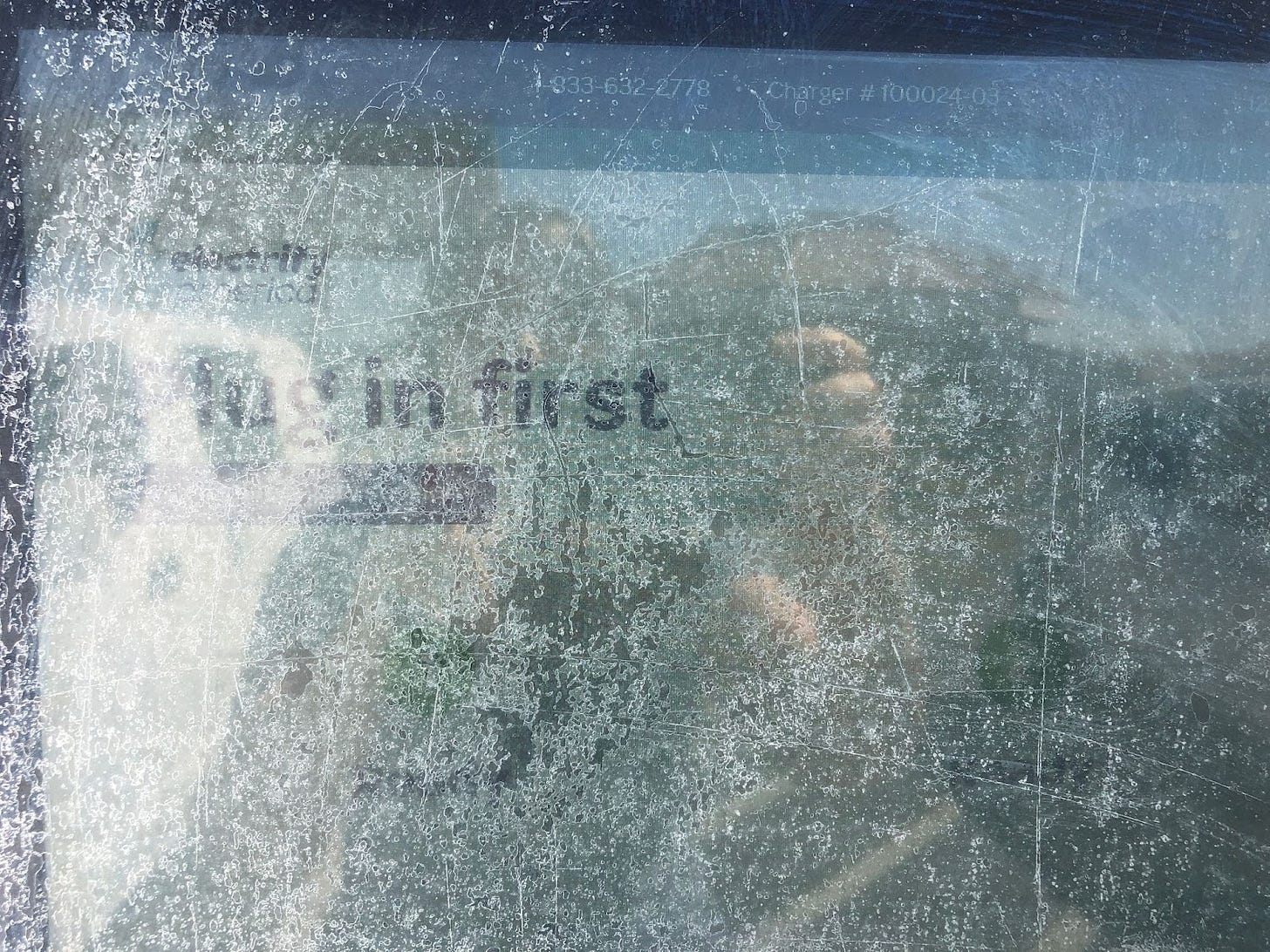
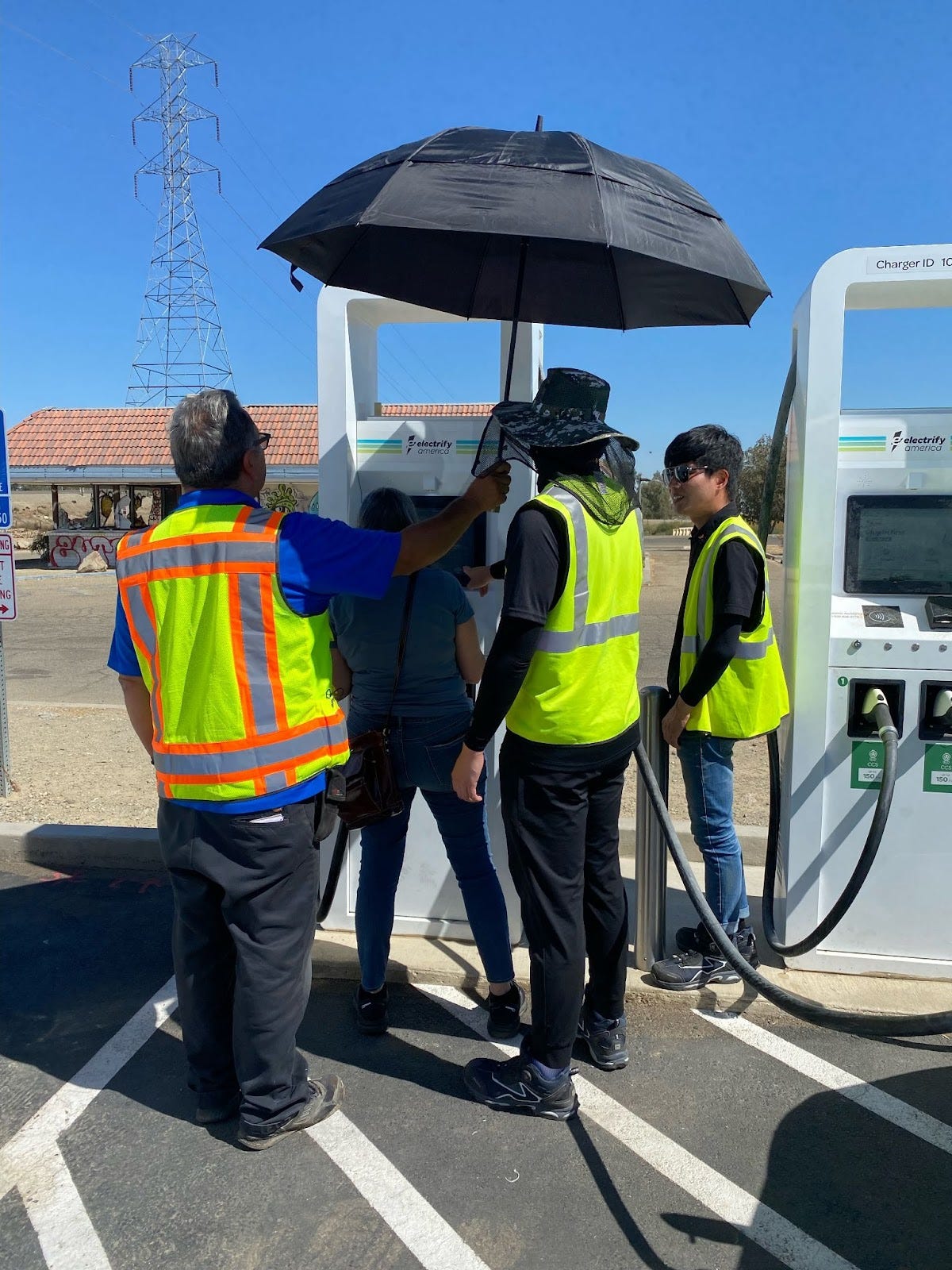
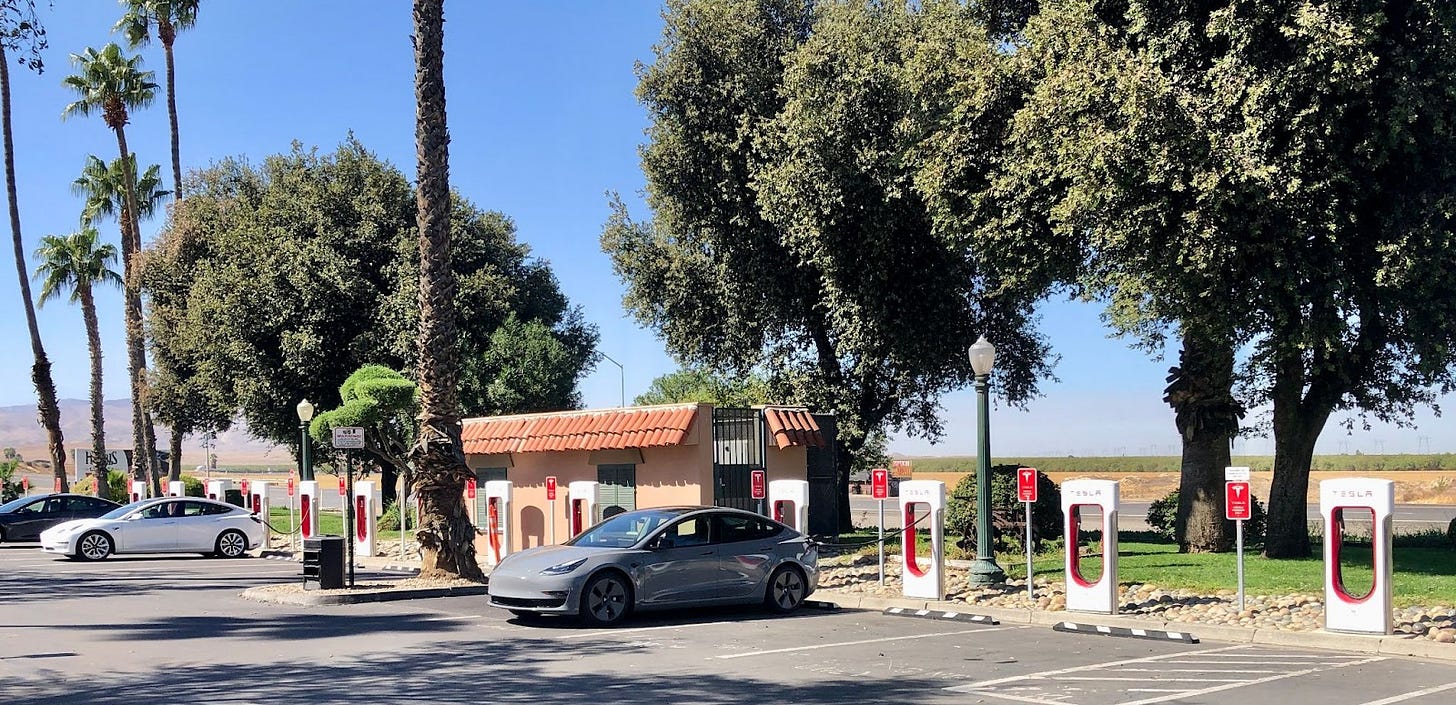
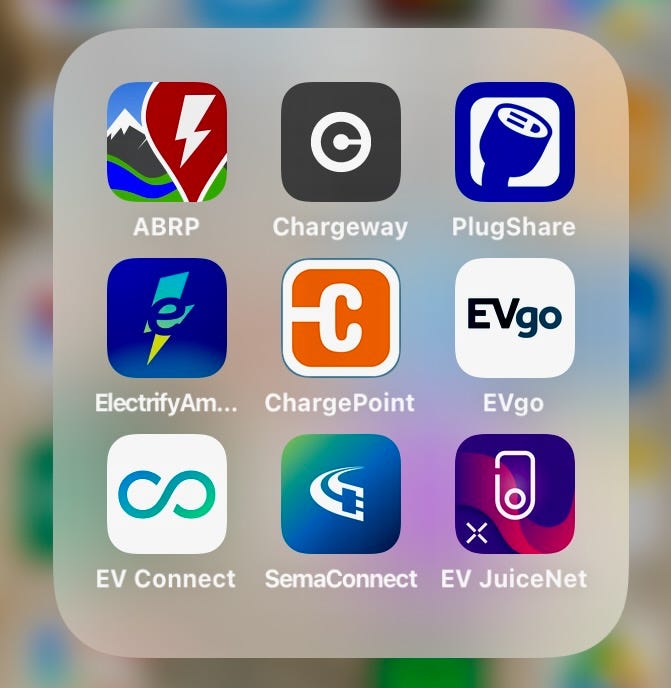
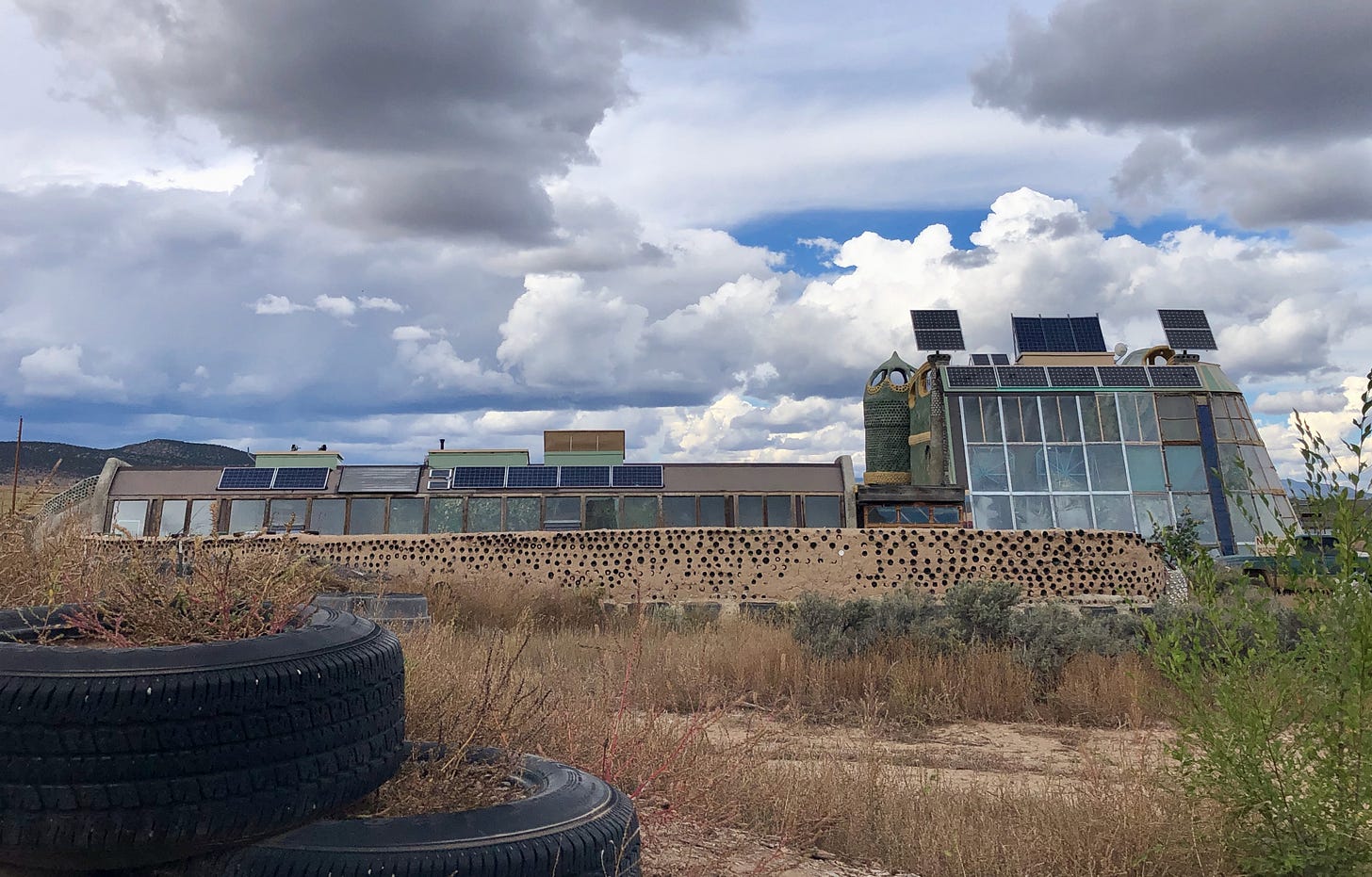
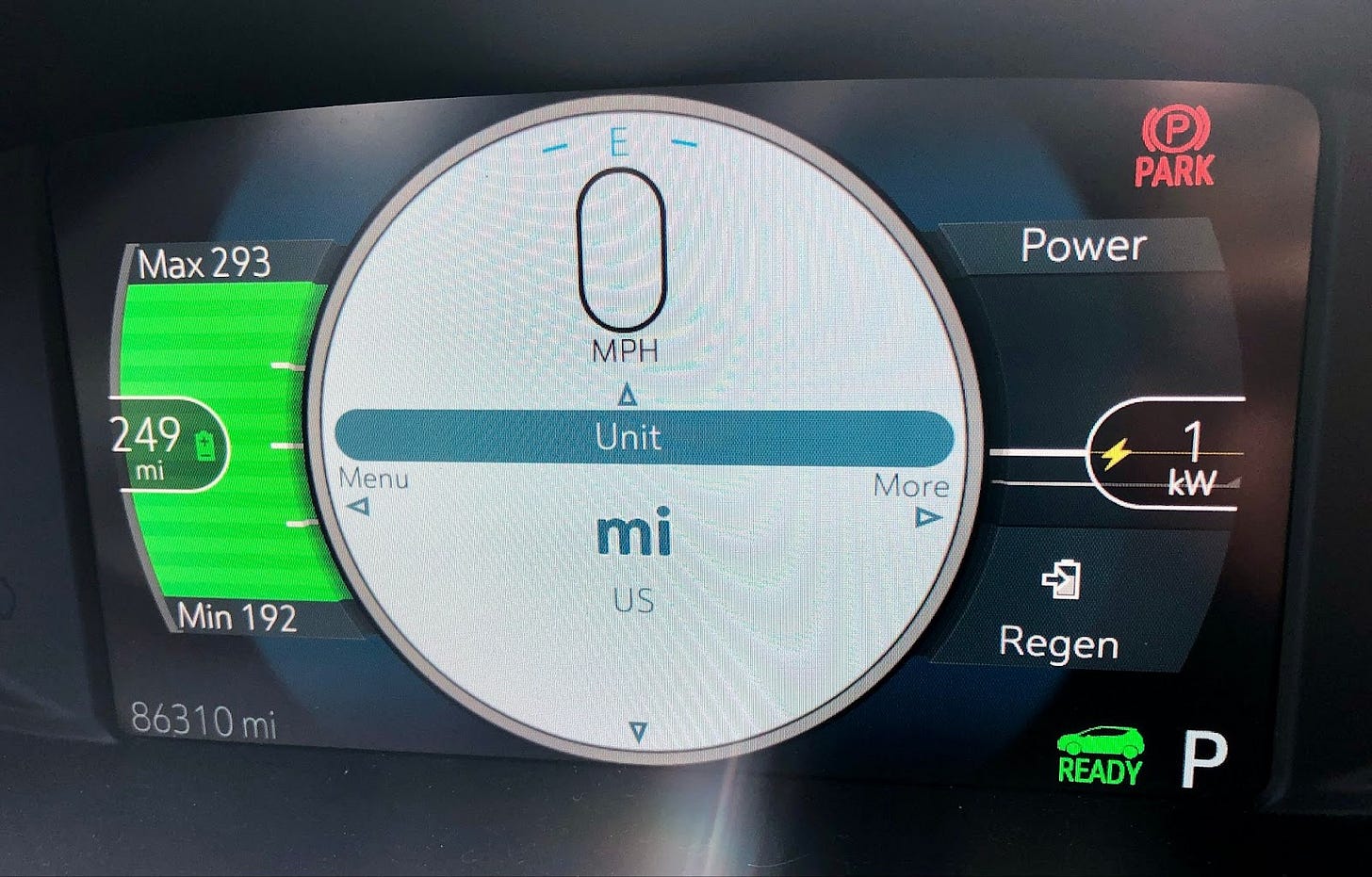
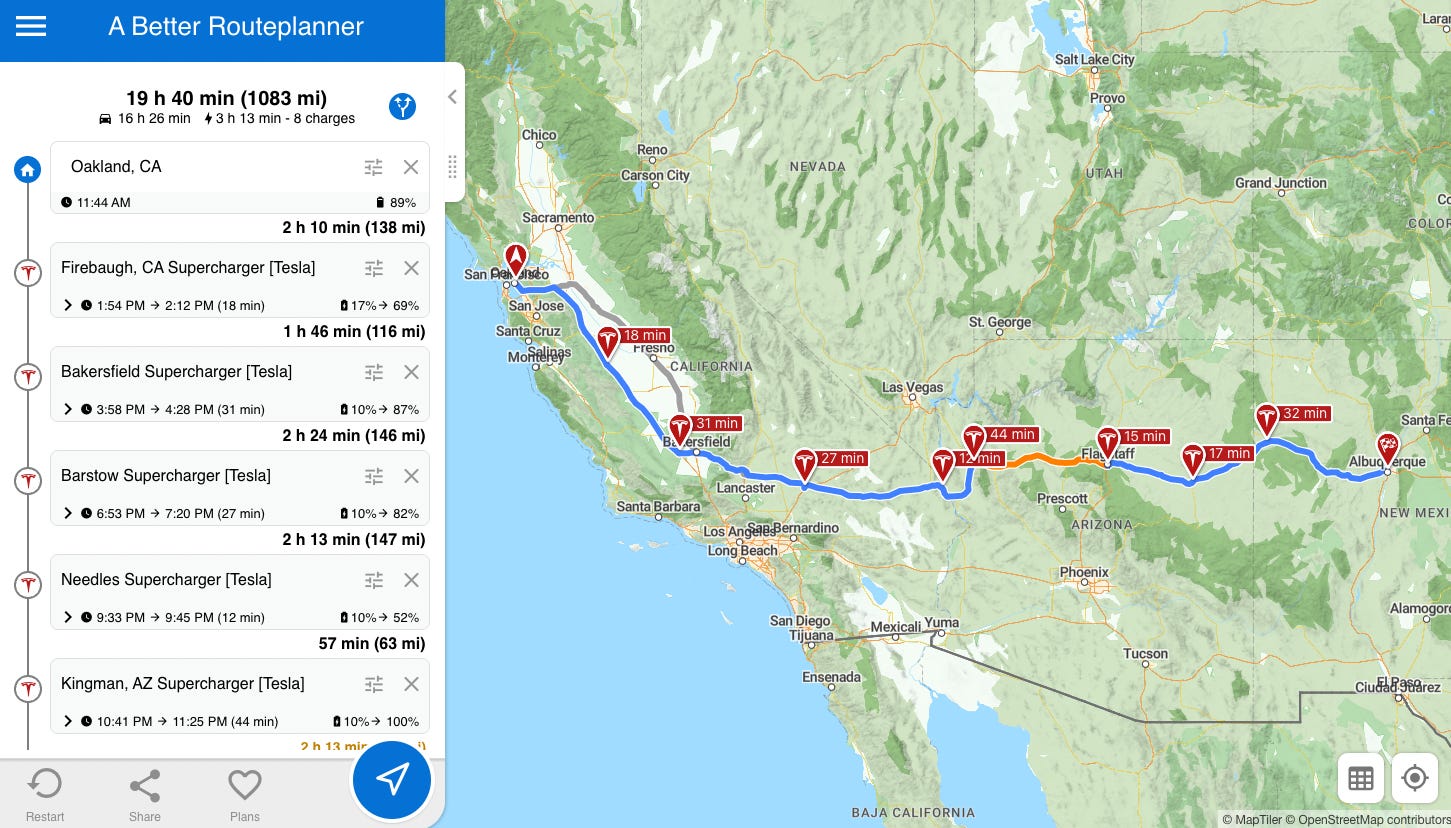























Sign in to Participate